On my second day in Kaiping, we started off the morning with a breakfast of tasty egg tarts from the local cake shop and then took the no. 4 bus out of the city towards Tangkou town where we then flagged down a passing van and negotiated with the driver (¥10) to take us the rest of the way to Li Gardens – more details here about the directions.
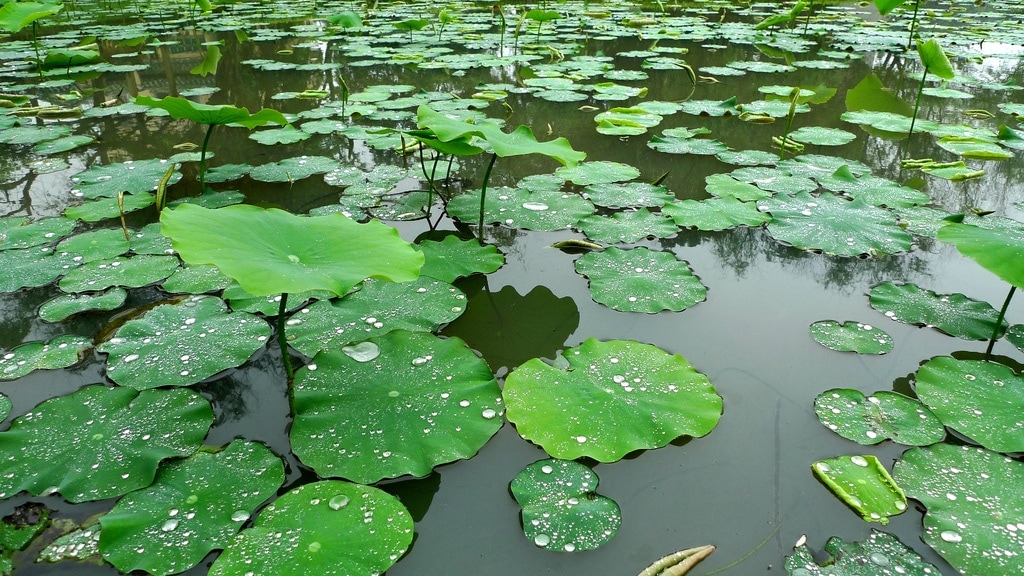
To be honest the gardens were a bit disappointing and not worth the entrance fee (¥60) but at least they were close to our next destination which was the main place we had come to see. After about an hour looking around, we found another driver to take us to Zilicun (自力村), about 3km from Liyuan, which hosts the ruins of a former village with the largest single collection of historic watchtowers.
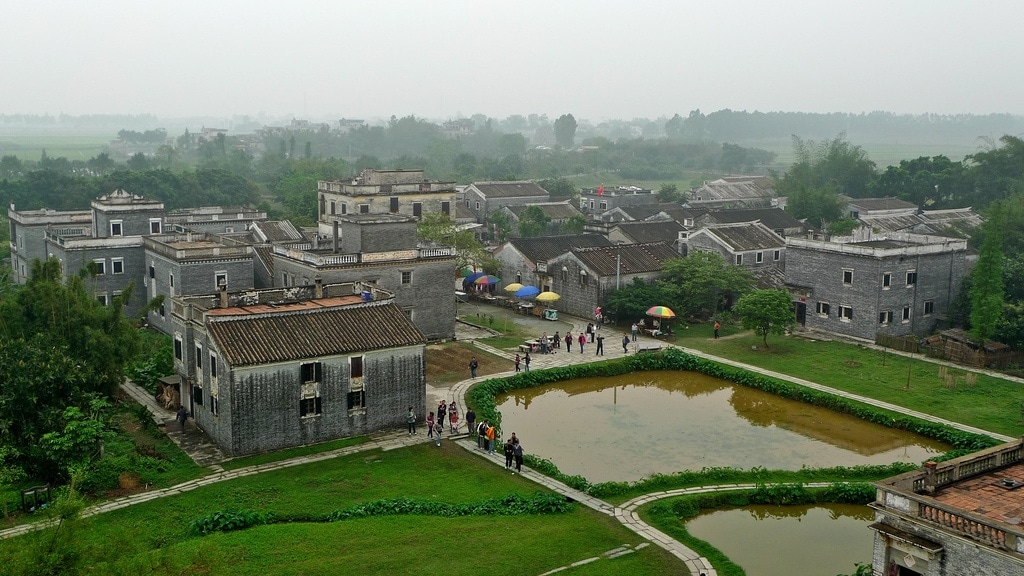
Walking through green fields we eventually arrived at a group of small buildings which mark the gateway to the village. Beyond here lay the cluster of 15 concrete towers rising surreally out the marshy ground in stark contrast to their surroundings.
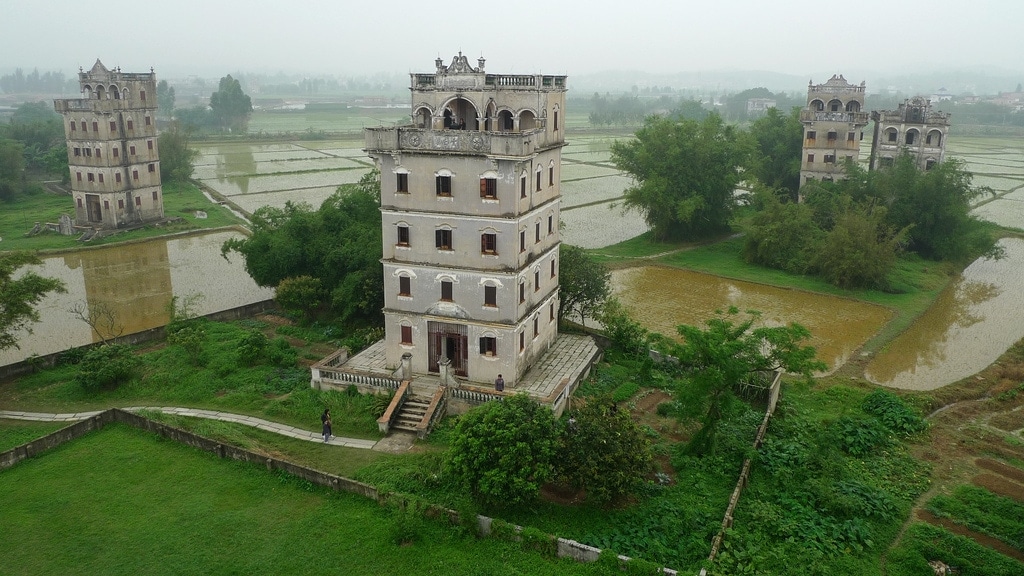
Diaolou (碉 樓) are fortified multi-storey towers, built by returning Chinese immigrants from America, Canada, Hong Kong and Malaysia in the 1920s and 1930s. They display a fusion of Chinese and Western decorative forms and were designed to protect against forays by local bandits (and later the Japanese).
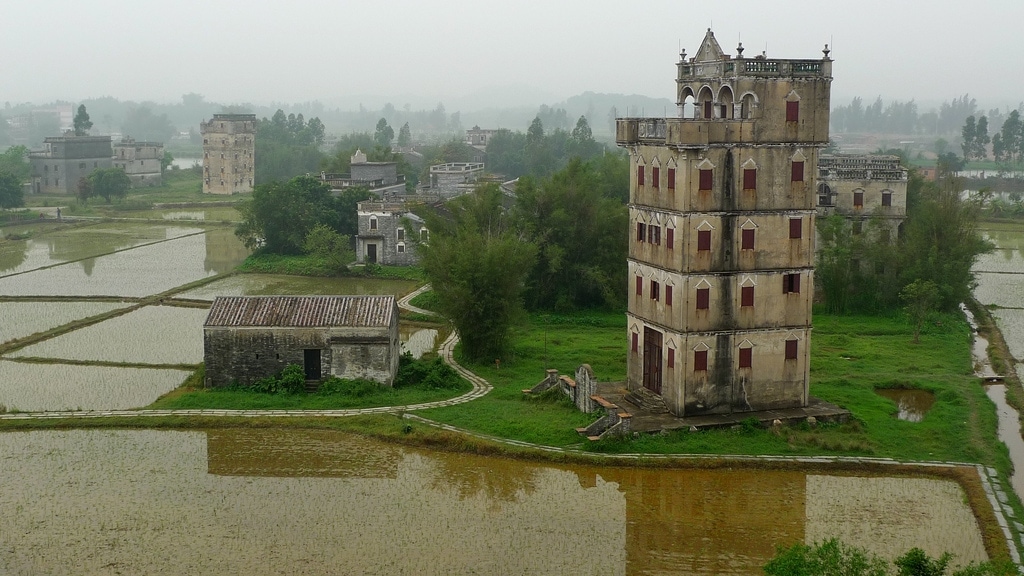
There were more than 3,000 built originally with approximately 1,800 still standing today which have been listed as a UNESCO World Heritage Site. As they were built on soft ground, many are noticeably leaning and in a poor state of repair owing to the ravishes of time and nature.
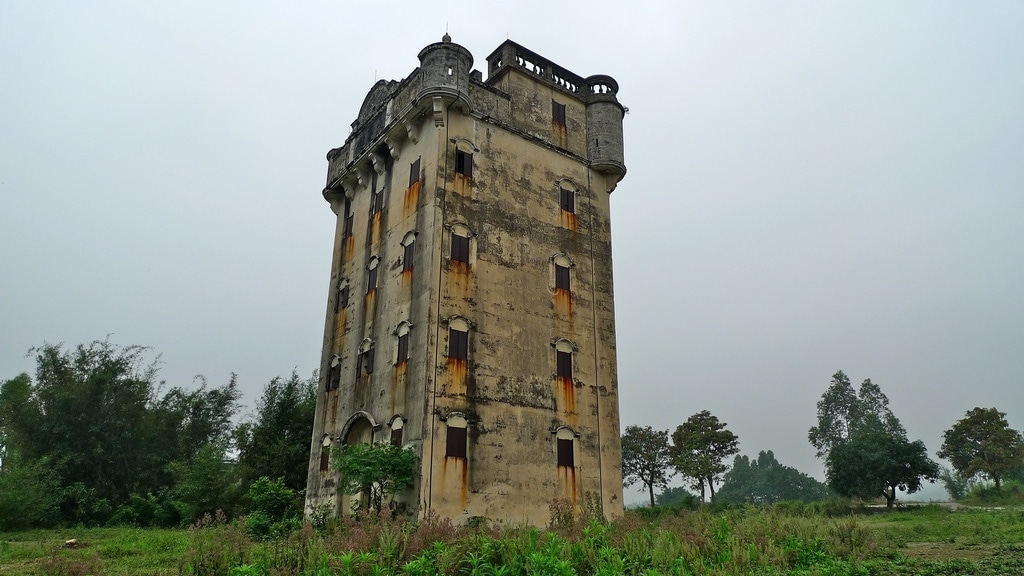
Some of the towers have been opened to allow visitors to see their interior which for the most part consists of simple wooden furniture (from the late-Qing Dynasty) and are rather dingy with only small openings for the windows, many of which are covered with iron shutters. The upper floors were used as residences, with the lower floors designed with defence in mind with extremely thick walls.
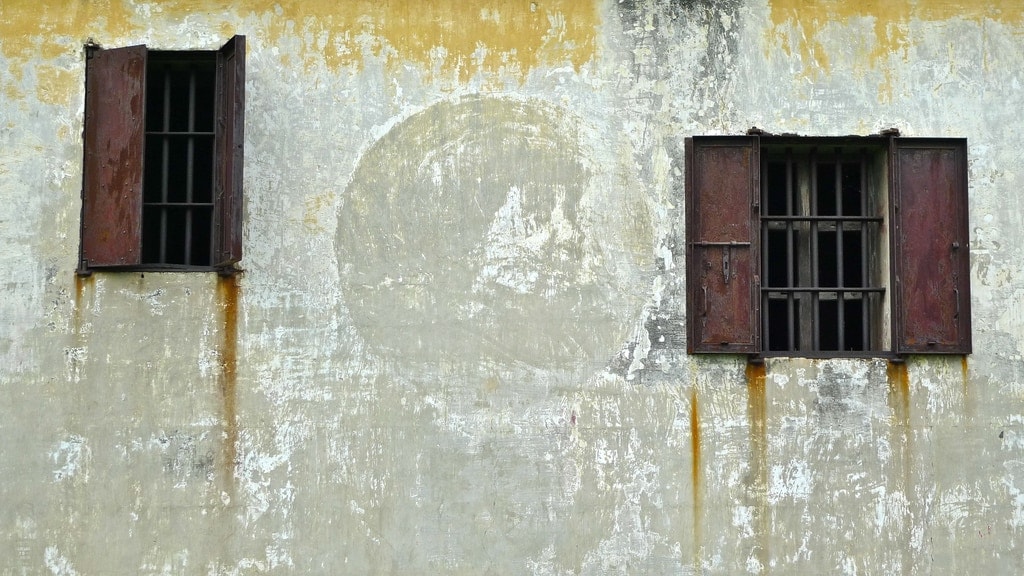
Wandering through the villages it was interesting to see a few signs of the cultural revolution still present, providing a reminder of the turbulent history of the People’s Republic which is still in living memory, if fading fast.
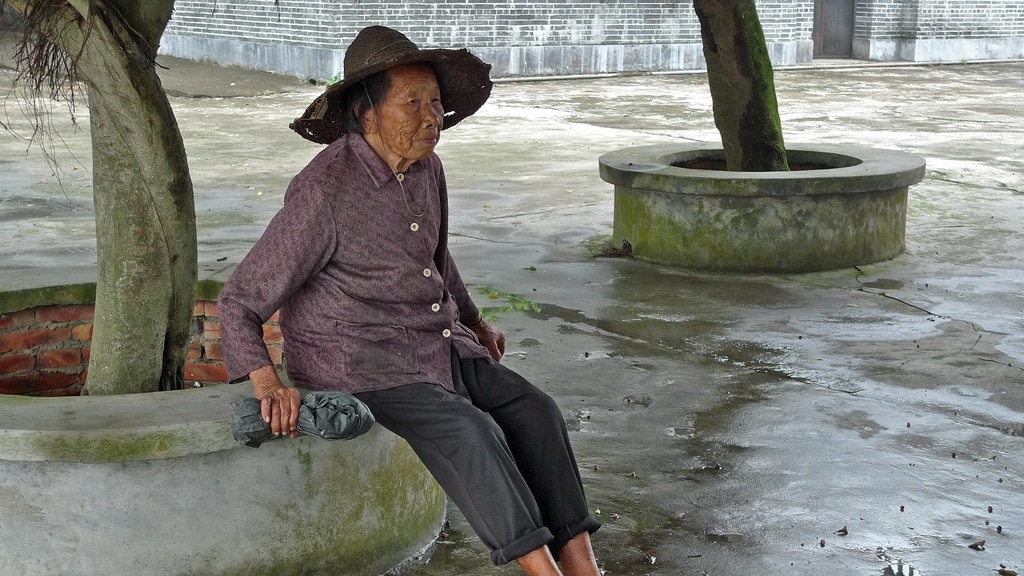
Some of the villagers looked as old as the buildings themselves and I wondered what stories they would tell if I could communicate with them. While the changes in China’s big cities have been enormous out here in the countryside life is still fairly basic.
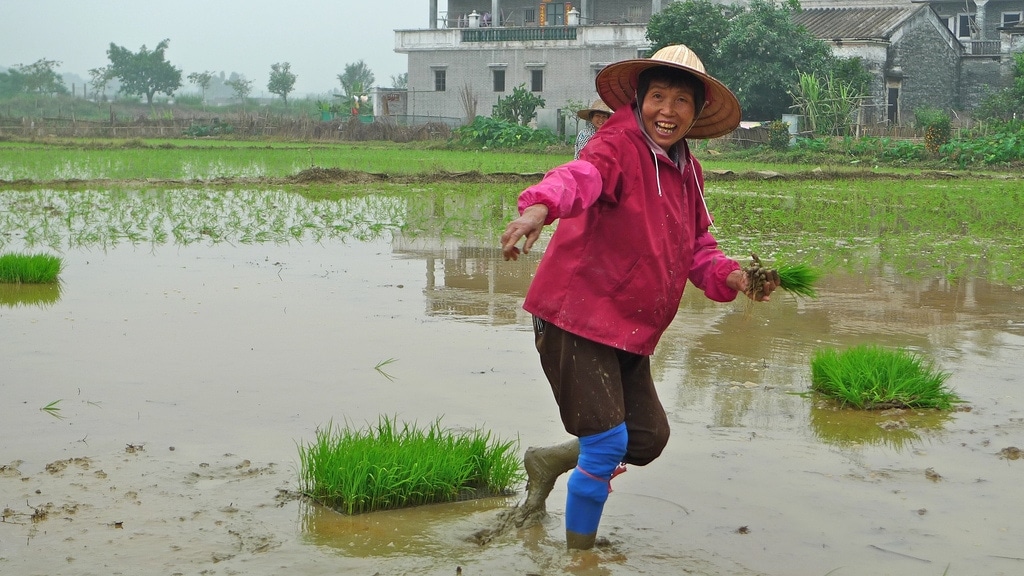
I’d never seen rice fields up close before and was fascinated to see the farmers planting seedlings by hand with no sign of mechanization – an extremely tedious task but nevertheless, they weren’t looking unhappy for it!
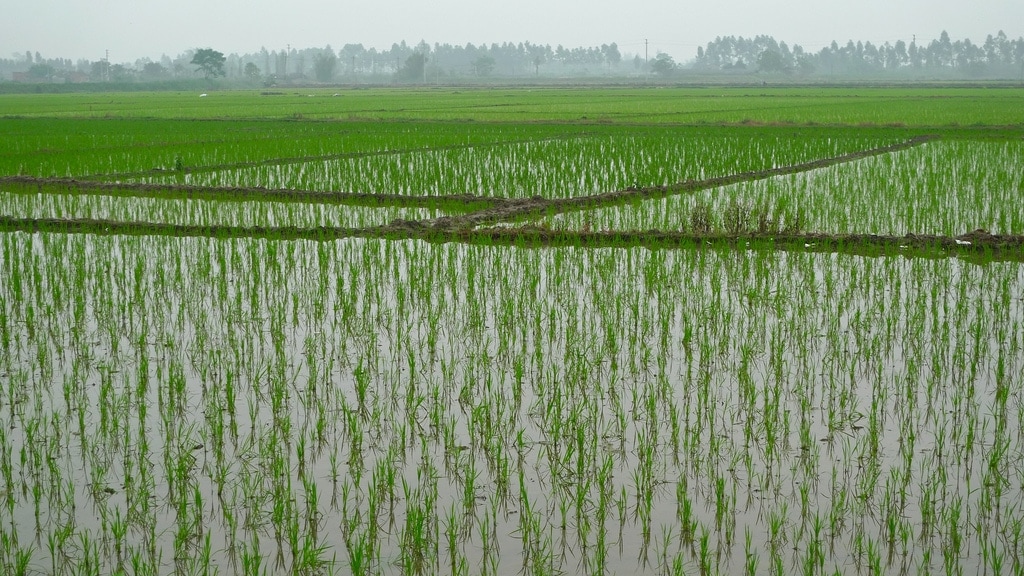
The fully sown fields have certain beauty when stretched out as far as the eye could see.
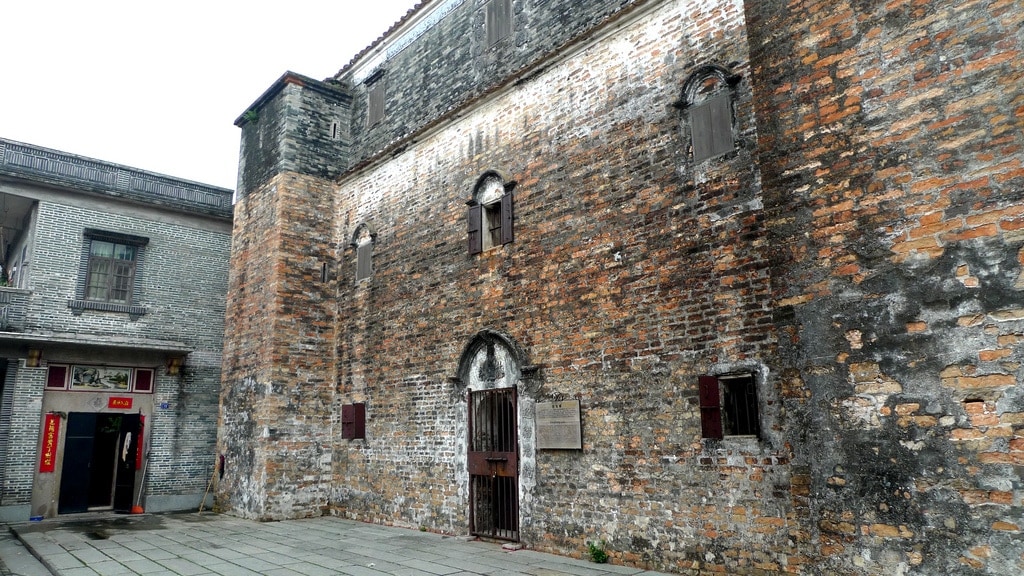
On our way back to Kaiping we stopped off at Yinglong Lou, the oldest surviving diaolou in San Men Li (迎龍樓). To reach it you have to pass through a network of narrow streets between ancient houses which give some insight into the traditional way of life here. As well as reinforced concrete older diaolou were built from stone, clay and bricks (as is the case here). The three-story building was constructed around 1440 with the top floor being added in 1908.
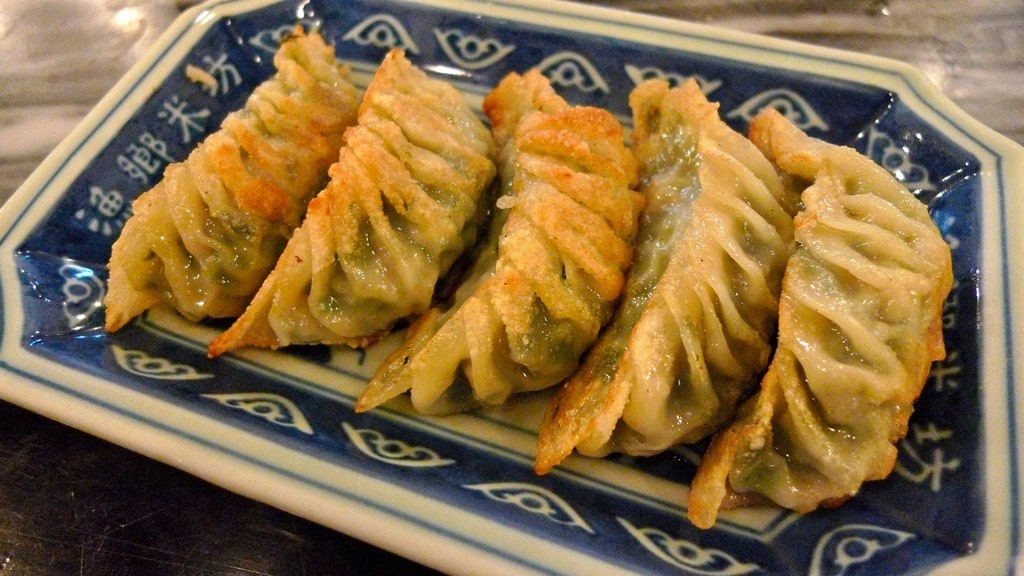
After this, it was sadly time to head back to Shenzhen where I enjoyed some extremely tasty dumplings for dinner! I’d thoroughly recommend visiting Kaiping before it’s turned into a major tourist attraction which seems inevitable given its historic importance.

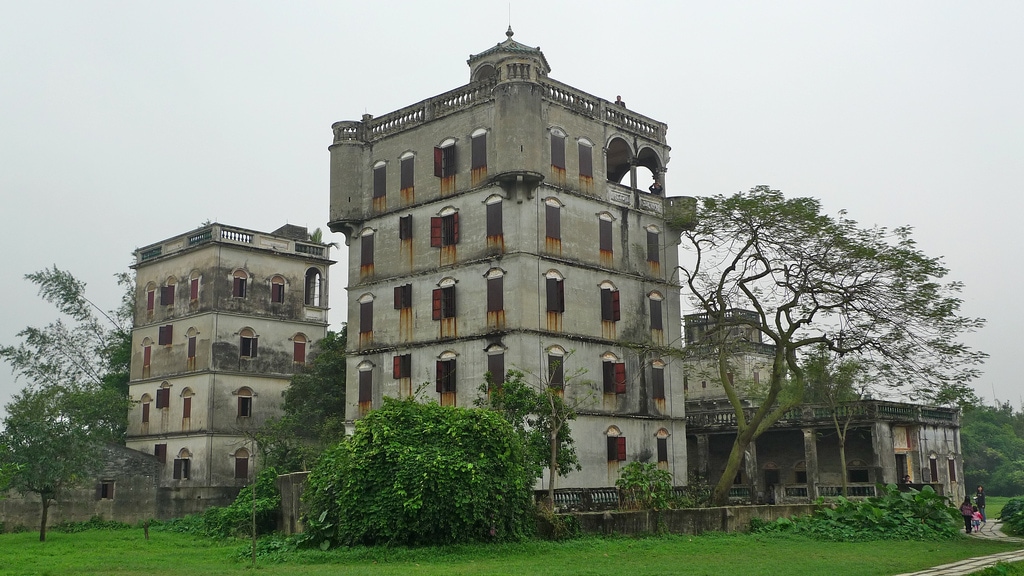
Reply